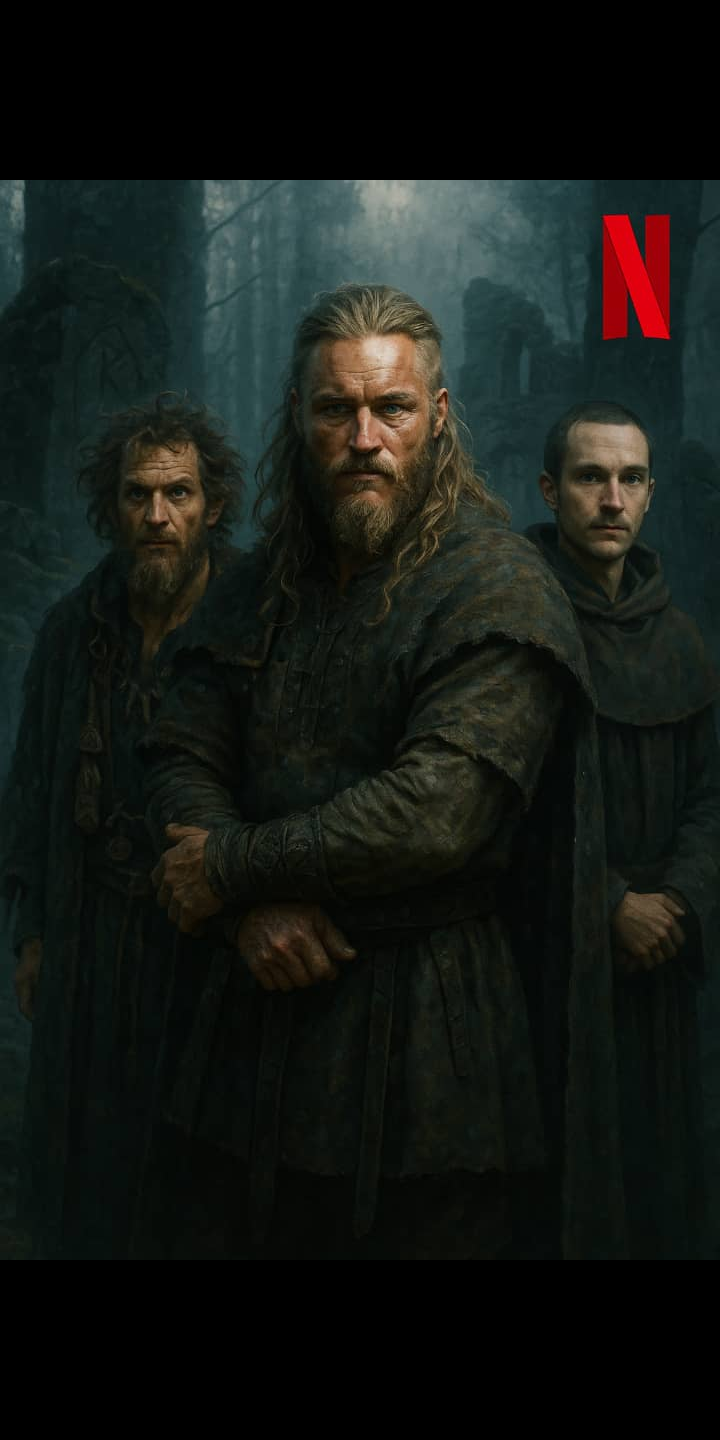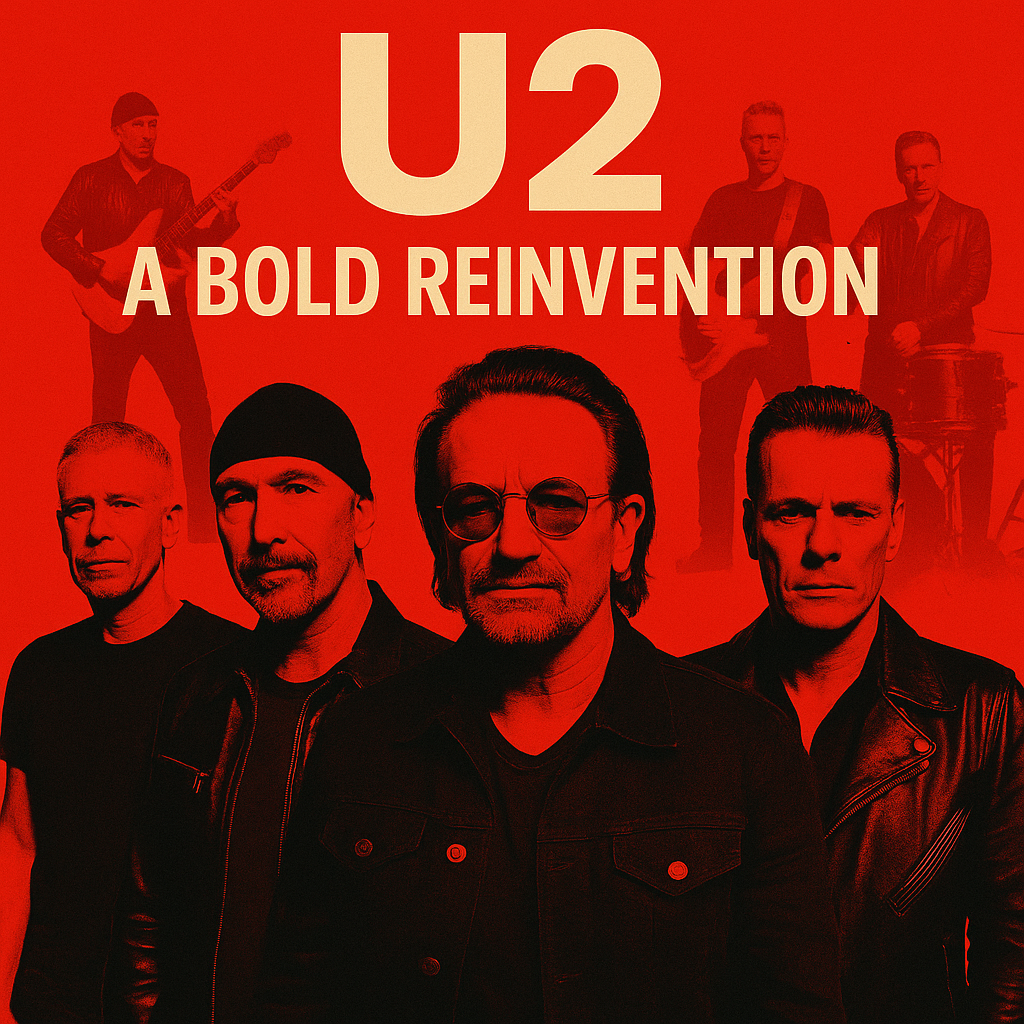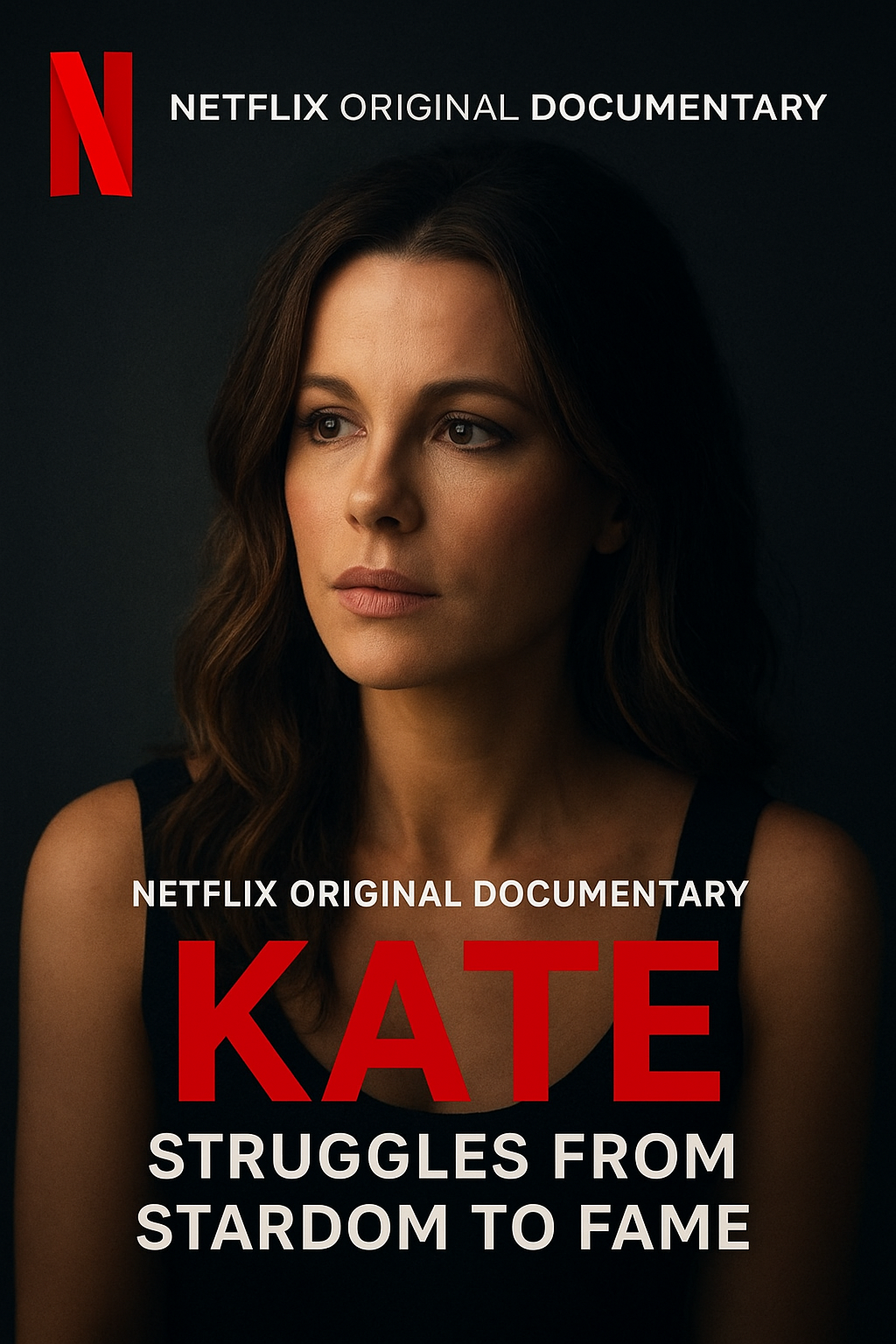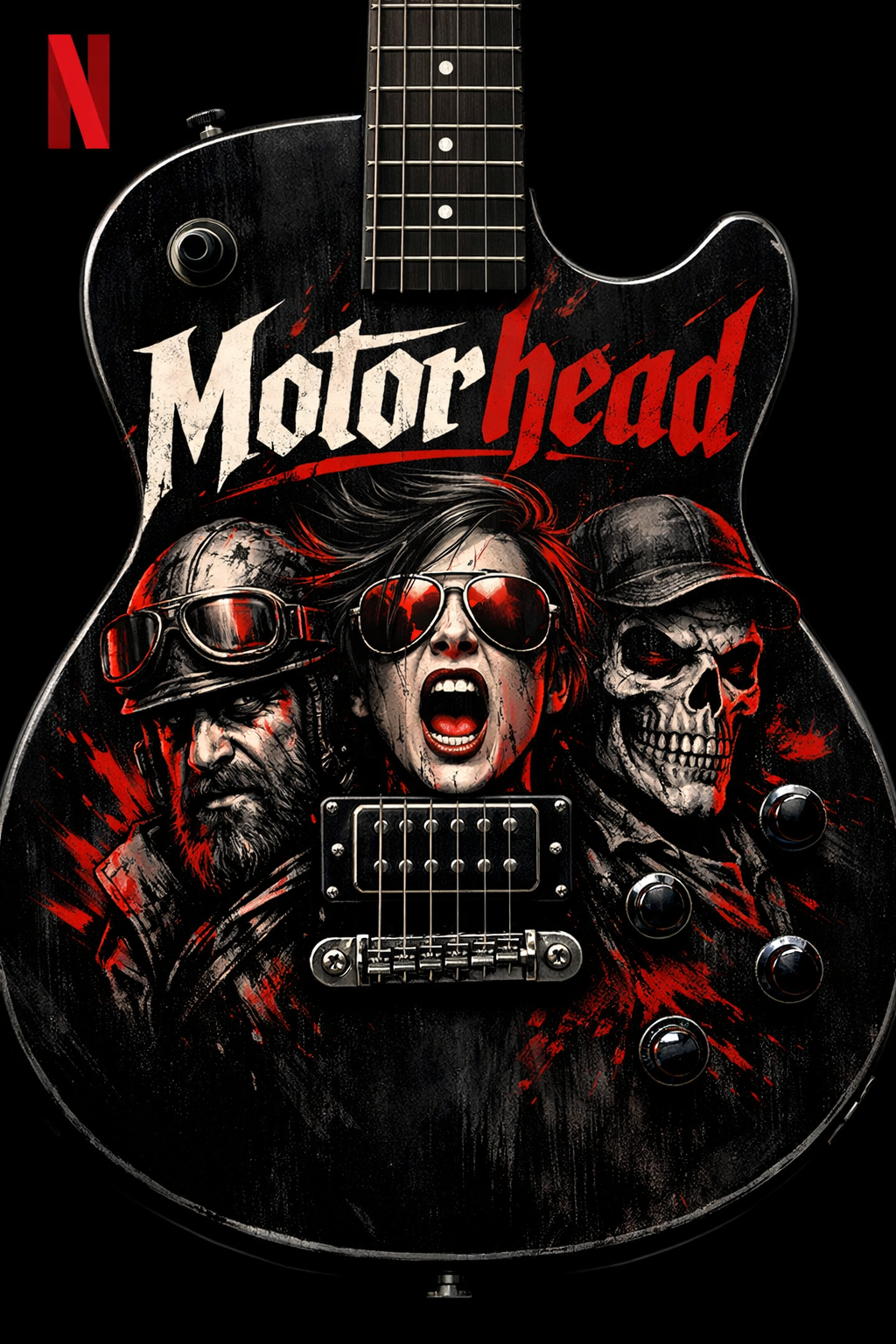The long-awaited reunion of the iconic Vikings trio has finally materialized, and in true Norse fashion it arrives shrouded in equal parts celebration and secrecy. Travis Fimmel, Gustaf Skarsgård, and George Blagden have signed on to headline a brand-new Netflix saga that, if rumors are to be believed, will venture far beyond the blood-soaked battlegrounds of Kattegat into uncharted mythic realms and modern themes of legacy, faith, and ambition.
For fans who watched Ragnar Lothbrok’s meteoric rise and fall, the impact of his story was seismic. Travis Fimmel’s raw, magnetic portrayal carved a permanent channel in pop-culture memory, spawning think-pieces, tattoos, and even university courses dissecting Ragnar’s moral complexity. Now, years after bidding farewell to the Viking king, Fimmel returns with a glint in his eye and secrets in his pockets—yet insists this new project will “honor the spirit of Ragnar without re-treading old ground.”
Gustaf Skarsgård, forever beloved for his heartbreaking turn as the brilliant boat-builder Floki, has hinted that the upcoming series will lean into explorations of creation versus destruction. Sources close to production whisper that his character—still unnamed—might wrestle with questions of faith in a world where gods seem to have gone silent. Skarsgård himself has teased late-night prop-building sessions in Reykjavik workshops, suggesting we’ll witness inventions that even Floki could only dream of.
George Blagden’s inclusion completes the trinity, and his return sets social media abuzz with speculation. After dazzling audiences as the pious but ambitious Athelstan, Blagden has developed a reputation for bringing soul-searching pathos to every role. Will he serve once again as a bridge between warring ideologies? Netflix has released just two tantalizing stills: one shows Blagden cloaked in roughspun gray, gazing skyward as storm clouds gather; the other frames him seated at a massive stone table opposite Fimmel, their eyes locked, a candle guttering between them.
Behind the camera, the creative team is equally intriguing. Showrunner Sigrún Arnadóttir—whose Icelandic folklore anthology, Ashes of the Yew, became a sleeper hit—promises a tapestry that weaves ninth-century legend with twenty-first-century urgency. “We’re confronting inheritance,” Arnadóttir explains in a cryptic press note. “Not just bloodlines, but the stories we inherit and the stories we choose to pass on.”
Cinematographer Ólafur Jónsson is already testing new low-light camera rigs on windswept Nordic coastlines, capturing what insiders describe as “night skies that look inked by the Norns themselves.” If Jónsson’s previous work is any indication, viewers can expect the elemental forces of water, fire, and frost to become characters in their own right, echoing the tumult within our reunited heroes.
Intriguingly, Netflix is rolling out an alternate-reality marketing campaign that places cryptic runic symbols on billboards from Lagos to Los Angeles. Fans who decode the runes find coordinates to hidden web pages—each revealing a fragmentary diary entry penned by an anonymous scribe chronicling Ragnar’s lost heir. The internet sleuthing community has banded together under the hashtag #LegacyRunes, piecing together theories that suggest time-spanning narratives and, possibly, a supernatural through-line.
Production insiders leak that the musical score will pair ancient lyres with ambient synth, helmed by composer Hildur Guðnadóttir. Early demo tracks reportedly blend throat-singing with pulsing electronic heartbeats, mirroring the show’s dance between primal ritual and contemporary pulse. Expect the opening theme to become the next playlist obsession, as evocative and irresistible as the sea calling a Viking ship northward.
Meanwhile, Fimmel, Skarsgård, and Blagden have been spotted training together in a secluded Scottish glen, honing both swordsmanship and—surprisingly—sign language. Could silent vows or coded gestures play a pivotal role in the plot? Paparazzi lenses catch fleeting images of runic tattoos freshly inked on each actor’s forearms, sparking debate over whether these marks are props or permanent pledges to the story’s ethos.
Netflix executives remain tight-lipped about the exact release date, stating only that the series will “drop like thunder” in 2026. The streamer’s confidence is unmistakable: insiders claim an unprecedented budget per episode, rivaling its biggest fantasy franchises. Sets constructed in remote Icelandic lava fields reportedly contain hidden chambers that crew members are required to sign NDAs before entering.
The question on every fan’s mind: will this saga resurrect Ragnar himself, or merely echo his legend through spiritual descendants? Cast and crew refuse to spoil the surprise, but Fimmel’s smirk at a recent panel said volumes. “Ragnar was a storyteller,” he offered. “And stories never truly die—they shape-shift. Sometimes they even choose new bodies.”
As anticipation mounts, the legacy of Ragnar Lothbrok grows again—proof that great myths are not static relics but living, breathing forces. When Fimmel, Skarsgård, and Blagden stride back onto our screens, axes or pens in hand, they will invite viewers to sail once more into uncharted waters where destiny is forged and legends evolve. Until then, the runes remain unanswered, the saga remains untold, and the world waits—eager to witness a legacy rekindled in fire and frost.



